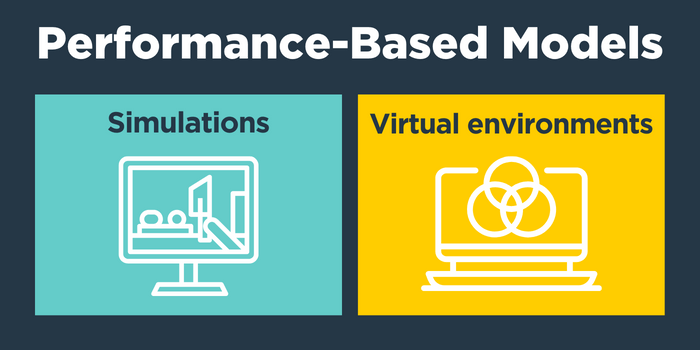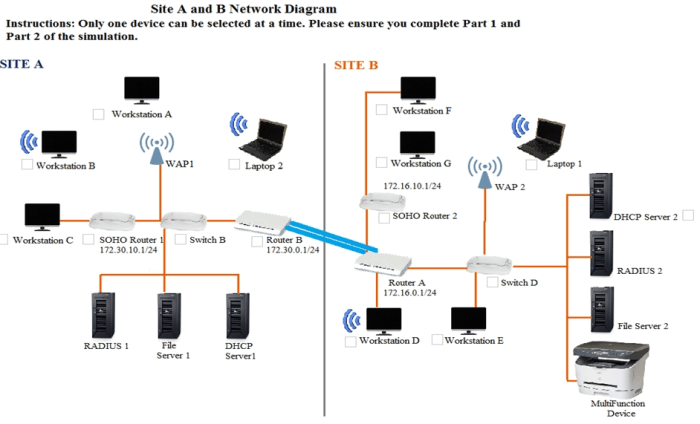Introducing Core 1 PBQ: Using Network Hardware and Tools Performance-Based Question, this comprehensive guide delves into the significance of leveraging network hardware and tools to effectively address performance-based questions. Throughout this discourse, we will explore the advantages and disadvantages of specific hardware and tools, delve into the intricacies of network performance analysis, and provide real-world examples to solidify your understanding.
Core 1 PBQ: Network Hardware and Tools

In the realm of performance-based questions (PBQs) for network engineering certification exams, a comprehensive understanding of network hardware and tools is paramount. These tools and hardware empower network engineers to effectively diagnose, troubleshoot, and optimize network performance, ensuring the seamless operation of critical network infrastructure.
Commonly Used Network Hardware and Tools for PBQs
- Packet Sniffers:Capture and analyze network traffic to identify potential issues and security vulnerabilities.
- Protocol Analyzers:Decode and interpret network protocols, providing detailed insights into network behavior.
- Network Testers:Perform comprehensive network diagnostics, including speed tests, latency measurements, and connectivity checks.
- Routers:Manage network traffic and determine the best path for data packets to take.
- Switches:Connect devices within a network and forward data packets to their intended destinations.
Advantages and Disadvantages of Specific Network Hardware and Tools
- Packet Sniffers:
- Advantages:Real-time traffic analysis, deep packet inspection, security threat detection.
- Disadvantages:High network overhead, potential security risks.
- Protocol Analyzers:
- Advantages:Protocol-specific analysis, detailed decoding, troubleshooting complex network issues.
- Disadvantages:Expensive, requires specialized knowledge.
- Network Testers:
- Advantages:Comprehensive diagnostics, user-friendly interfaces, automated testing.
- Disadvantages:Limited scope, may not detect all issues.
Performance-Based Questions (PBQs): Core 1 Pbq: Using Network Hardware And Tools Performance-based Question

PBQs assess candidates’ ability to apply technical knowledge and skills to real-world network scenarios. These questions typically involve analyzing network configurations, troubleshooting issues, or designing network solutions.
Examples of Performance-Based Questions Related to Network Hardware and Tools
- Use a packet sniffer to identify the source of network latency.
- Configure a router to optimize traffic flow for a specific application.
- Troubleshoot a network switch that is causing packet loss.
Challenges and Considerations When Answering PBQs, Core 1 pbq: using network hardware and tools performance-based question
- Time constraints: PBQs are typically timed, requiring candidates to manage their time effectively.
- Scenario complexity: Scenarios can be complex, involving multiple network devices and configurations.
- Tool proficiency: Candidates must be proficient in using network hardware and tools to analyze and resolve issues.
Network Performance Analysis

Network performance analysis involves evaluating and measuring the efficiency and effectiveness of a network. This analysis helps identify bottlenecks, optimize network resources, and ensure optimal performance for users.
Methods Used to Analyze Network Performance
- Throughput Analysis:Measures the amount of data transferred over a network in a given time frame.
- Latency Analysis:Measures the time it takes for data to travel from one point to another in a network.
- Packet Loss Analysis:Identifies the percentage of packets that are lost during transmission.
Metrics and Parameters Commonly Used in Network Performance Analysis
- Bandwidth:The maximum data transfer rate of a network.
- Latency:The time delay experienced by data packets as they traverse a network.
- Jitter:The variation in latency over time.
- Packet Loss:The percentage of packets that are not successfully delivered.
Tools and Techniques for Analyzing Network Performance
- Performance Monitoring Tools:Continuously monitor network performance and provide real-time data.
- Network Simulation Tools:Simulate network traffic and analyze performance under different scenarios.
- Packet Capture and Analysis Tools:Capture and analyze network traffic to identify performance issues.
User Queries
What is the significance of using network hardware and tools for performance-based questions?
Network hardware and tools provide real-time data and insights into network performance, enabling accurate analysis and troubleshooting.
Can you provide examples of commonly used network hardware for PBQs?
Commonly used network hardware for PBQs includes routers, switches, firewalls, and network analyzers.
What are the advantages of using specific network tools?
Specific network tools offer specialized capabilities, such as packet sniffing, traffic monitoring, and bandwidth analysis, which aid in comprehensive network performance evaluation.